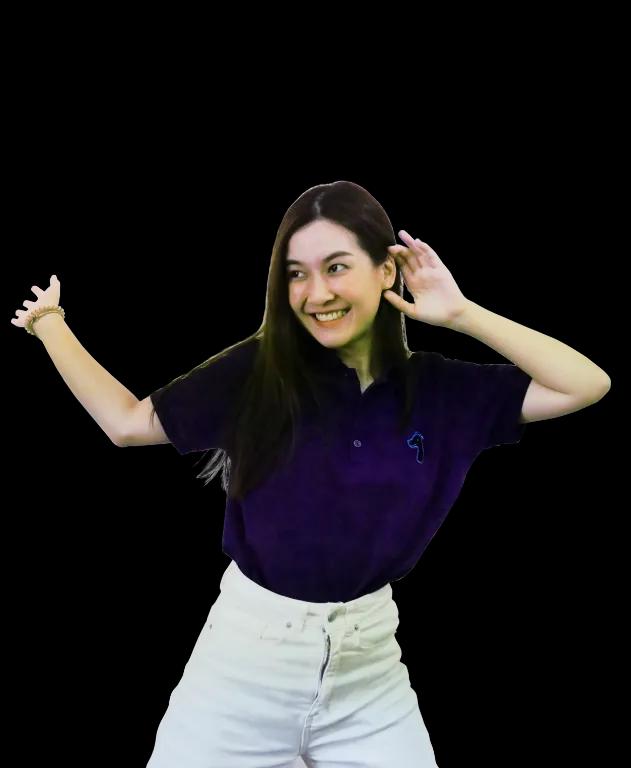Overcoming Challenges in Custom Software Development for SMEs

For small and medium-sized enterprises (SMEs), custom software development is a powerful way to streamline operations, improve customer experiences, and achieve business goals. However, embarking on a custom software project comes with challenges, including budget constraints, resource limitations, and selecting the right development partner.
This article explores common obstacles SMEs face in custom software development and provides actionable solutions to overcome them. A real-world example of a non-profit organization that successfully built a tailored fundraising platform highlights how to turn challenges into opportunities.

A Real-Life Example: A Non-Profit’s Custom Fundraising Platform
A non-profit organization sought to build a custom fundraising platform to align with its unique mission. The goal was to enable donors to contribute easily, track the impact of their donations, and engage with the organization’s initiatives.
Challenges Faced:
-
Limited budget due to non-profit constraints.
-
Difficulty finding a developer with experience in non-profit software.
-
Concerns about long-term maintenance and support.
Solutions:
-
Partnered with a developer offering a phased approach, starting with a Minimum Viable Product (MVP).
-
Prioritized essential features such as secure payment processing and donor tracking.
-
Established a long-term support plan with the developer to ensure sustainability.
Results:
-
The platform increased donor engagement by 50%.
-
Simplified operations for the non-profit’s team, saving hours of administrative work.
-
The organization built stronger connections with donors through personalized updates.
This example demonstrates how challenges in custom software development can be addressed with strategic planning and the right partner.
Common Challenges in Custom Software Development for SMEs and Solutions
1. Budget Constraints
SMEs often operate with limited financial resources, making the cost of custom software a significant hurdle.
Solution:
-
Start Small: Begin with an MVP that focuses on core functionalities. Add advanced features as the business grows.
-
Explore Grants or Loans: For non-profits and eligible SMEs, seek funding opportunities or government grants.
-
Negotiate Payment Plans: Many developers offer flexible payment terms to accommodate budget limitations.
2. Finding the Right Development Partner
Choosing the right developer can be overwhelming, especially for businesses without technical expertise.
Solution:
-
Research Thoroughly: Look for developers with experience in your industry and check their portfolios and reviews.
-
Prioritize Communication Skills: Choose a partner who understands your vision and can explain technical concepts in simple terms.
-
Start with a Small Project: Test the developer’s capabilities with a smaller project before committing to a large-scale collaboration.
3. Time Constraints
Developing custom software can be time-consuming, which may strain SMEs already stretched thin.
Solution:
-
Use Agile Development: Agile methodologies enable faster delivery of usable features through iterative development cycles.
-
Assign a Dedicated Liaison: Appoint someone within your organization to communicate with the developer and track progress.
-
Set Realistic Timelines: Collaborate with your developer to establish achievable deadlines.
4. Managing Scope Creep
Scope creep occurs when additional features or requirements are added during development, increasing costs and delaying delivery.
Solution:
-
Define Clear Objectives: Document the project’s scope, priorities, and deliverables before starting development.
-
Use a Change Management Process: Evaluate the impact of new requests and prioritize only essential changes.
-
Stick to the MVP: Focus on delivering a functional product first, then expand based on feedback.
5. Ensuring Long-Term Support and Maintenance
Custom software requires ongoing updates and support to remain functional and secure.
Solution:
-
Negotiate a Maintenance Plan: Include long-term support in your initial agreement with the developer.
-
Train Internal Staff: Provide training to team members who will manage the software post-launch.
-
Plan for Upgrades: Budget for future updates and enhancements.
Key Considerations for Successful Custom Software Development
1. Understand Your Needs
Clearly define the problem you want the software to solve and the goals you want to achieve.
-
Example: A non-profit might prioritize features like donation tracking, secure payments, and impact reports.
2. Prioritize User Experience (UX)
Design the software with the end-user in mind to ensure it’s intuitive and easy to use.
3. Focus on Scalability
Ensure the software can grow with your business and accommodate future needs.
4. Test Early and Often
Conduct thorough testing during development to catch and fix issues before launch.
5. Measure Success
Establish metrics to evaluate the software’s effectiveness, such as increased revenue, reduced manual work, or improved customer satisfaction.
Why Custom Software is Worth the Effort
Despite the challenges, custom software offers significant advantages for SMEs:
-
Tailored Functionality: Solutions designed specifically for your business processes.
-
Improved Efficiency: Automation reduces manual work and saves time.
-
Enhanced Customer Experience: Personalization fosters loyalty and satisfaction.
-
Competitive Edge: Unique features set your business apart in the market.
Conclusion
Custom software development can seem daunting for SMEs, but with the right approach and a reliable partner, the challenges are manageable. By starting small, focusing on core needs, and planning for the long term, SMEs can leverage custom solutions to achieve their goals and stay competitive.
As demonstrated by the non-profit’s success story, addressing challenges strategically enables businesses to reap the rewards of custom software—improved operations, stronger engagement, and sustainable growth.


Subscribe to follow product news, latest in technology, solutions, and updates
Other articles for you



Let’s build digital products that are simply awesome !
We will get back to you within 24 hours!Go to contact us Please tell us your ideas.
Please tell us your ideas.







